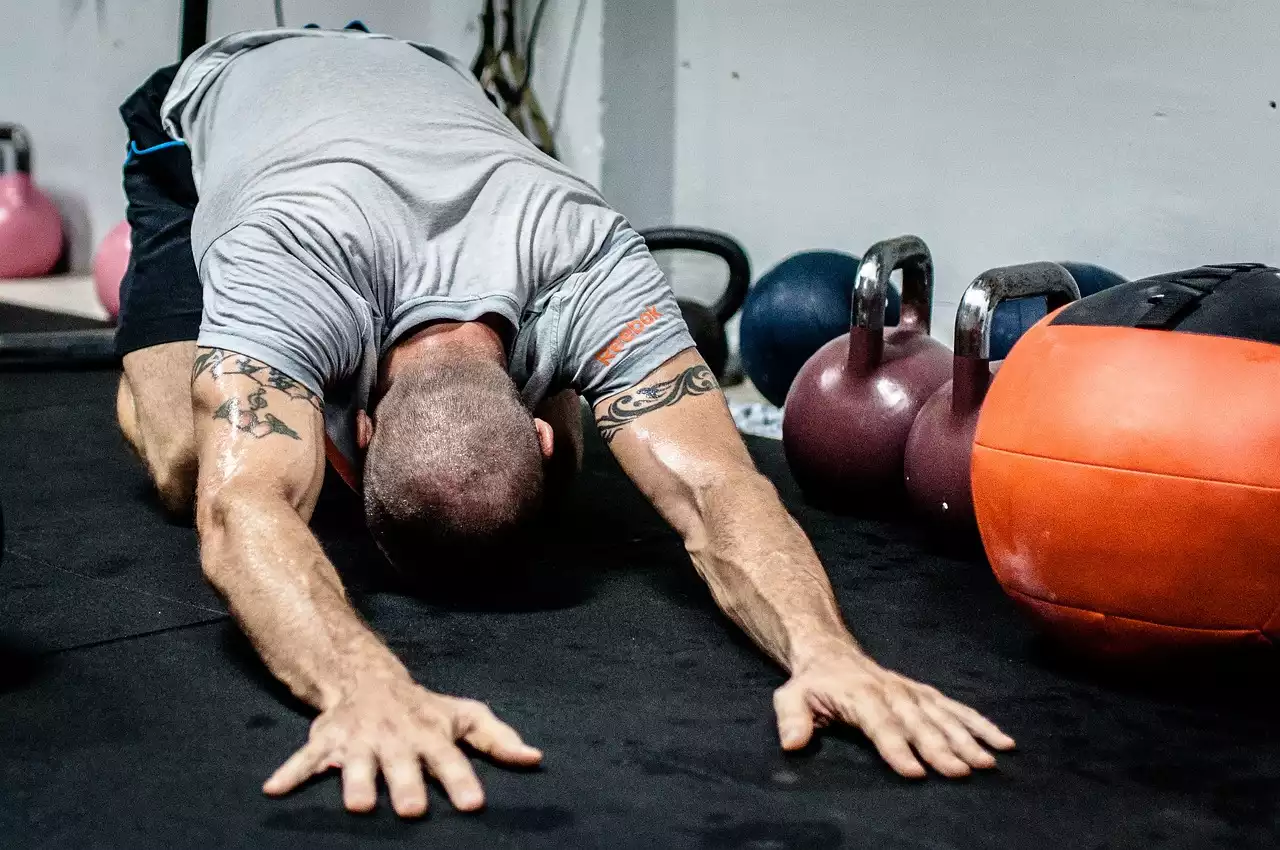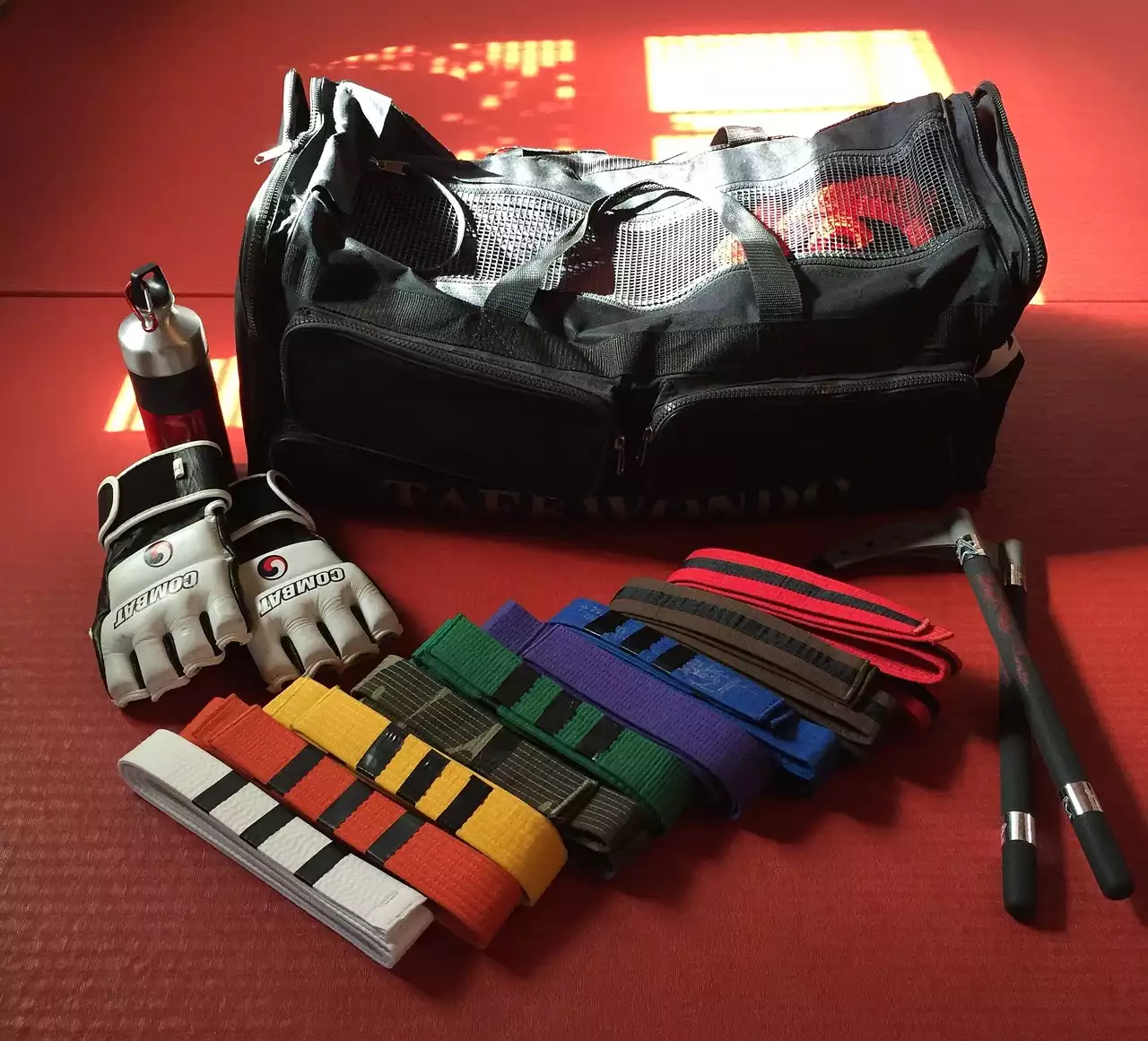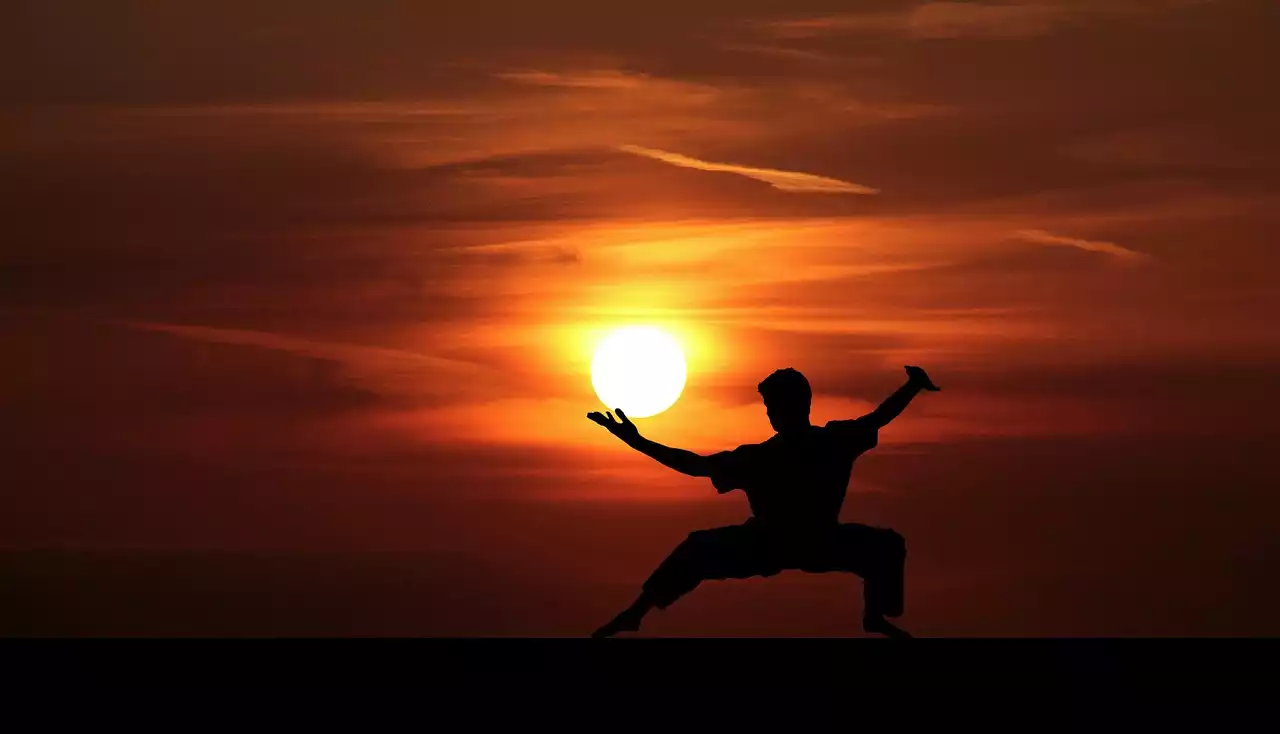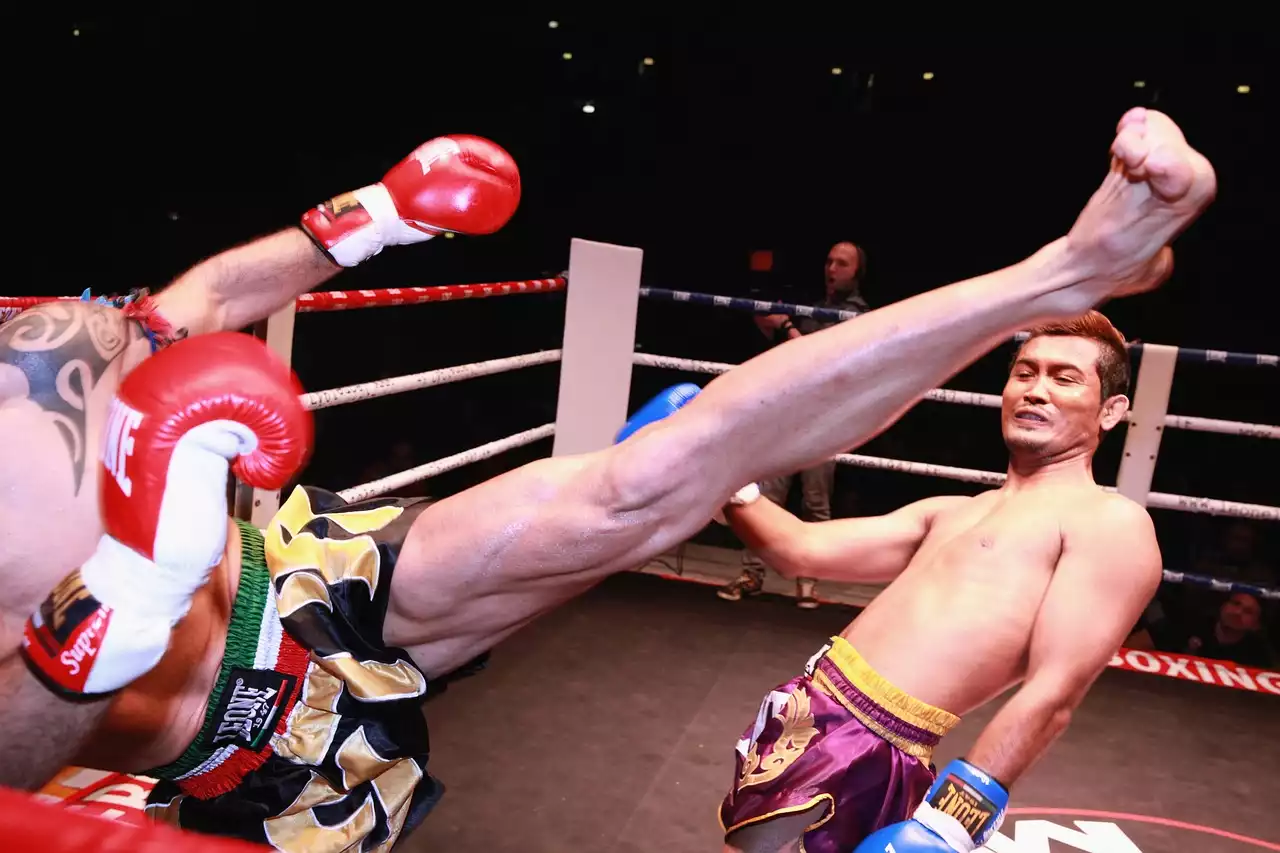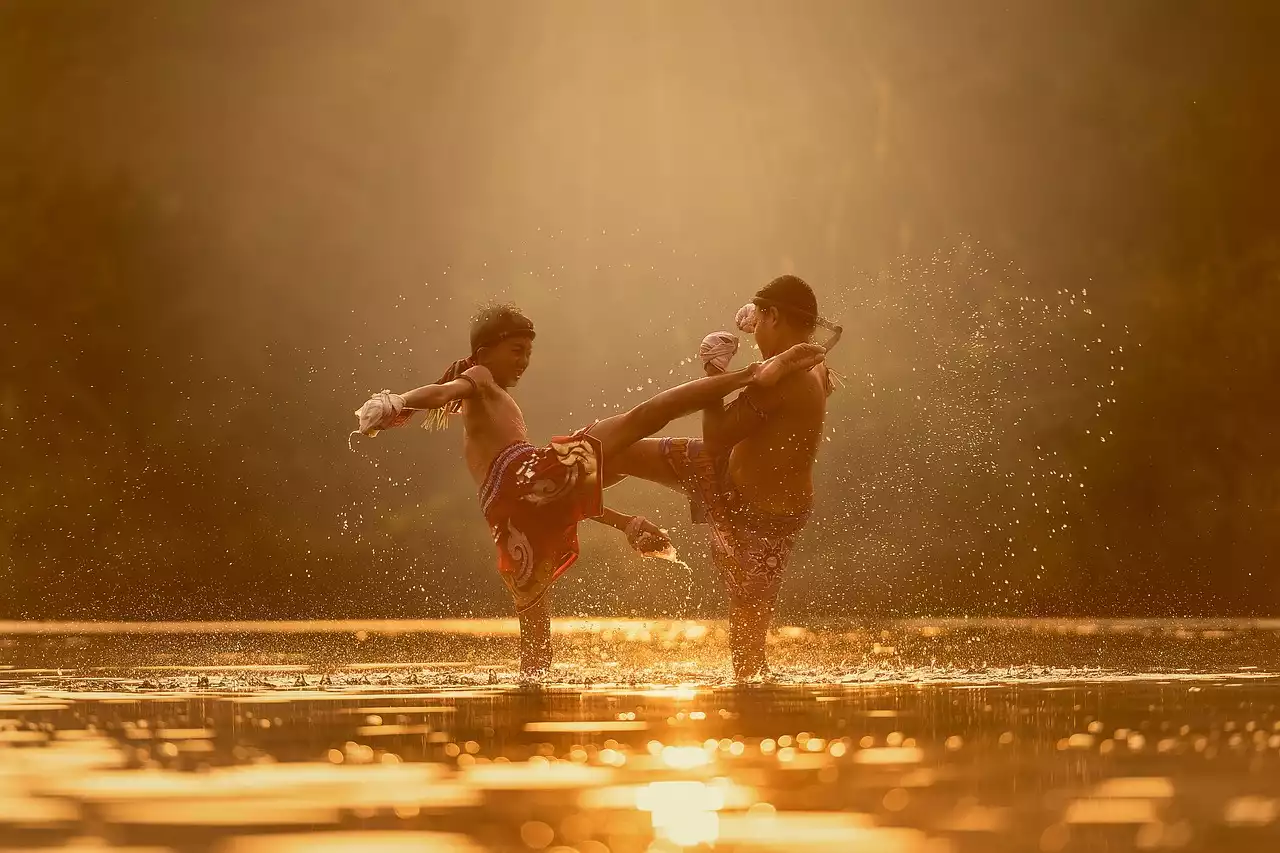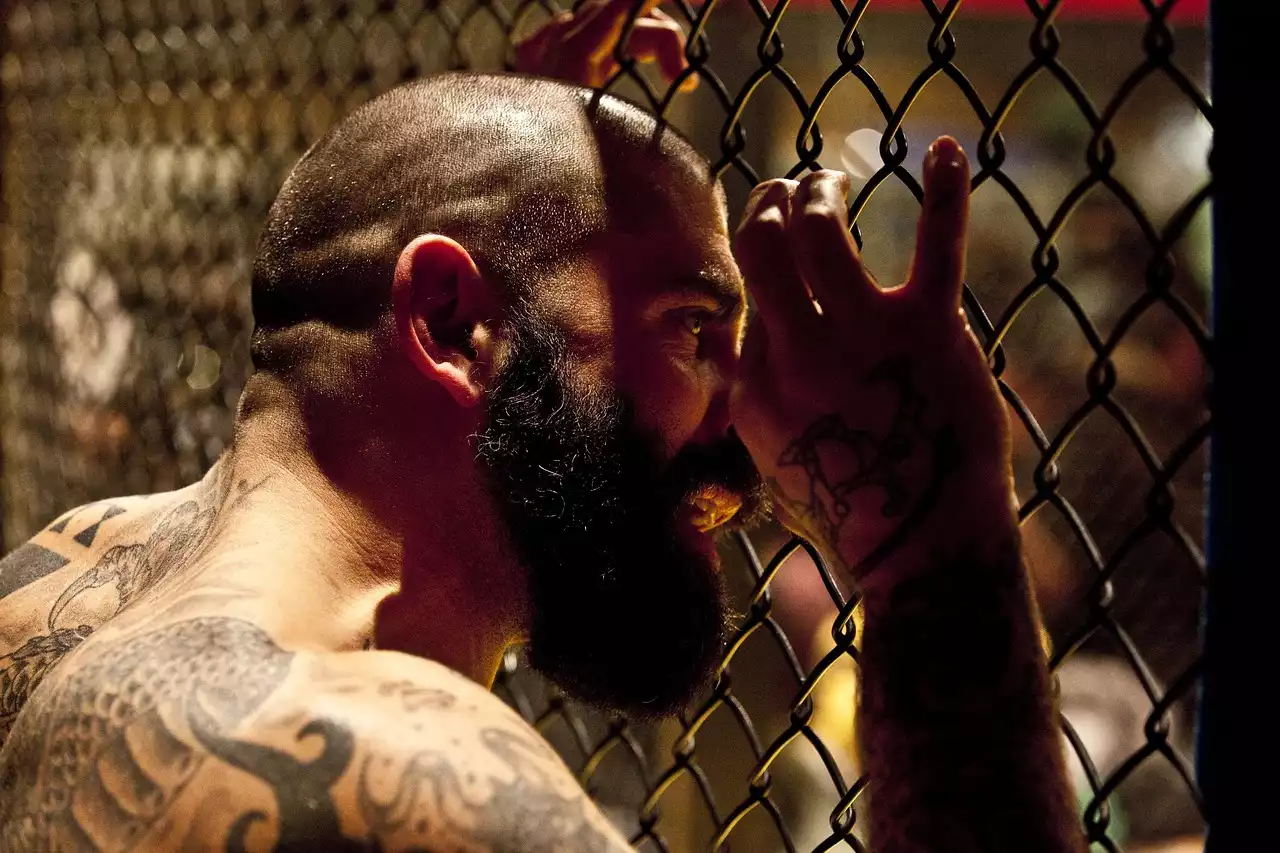Common injuries in martial arts and how stretching can help prevent them
Martial arts is a physically demanding discipline that requires a lot of physical exertion, which can lead to injuries if proper precautions are not taken. Some of the most common injuries in martial arts include pulled muscles, sprains, and strains. These injuries are often caused by overuse, poor technique, or lack of flexibility. Stretching and flexibility exercises can help prevent these injuries by improving your range of motion and muscle flexibility.
One of the most common injuries in martial arts is a pulled muscle. This can occur when a muscle is stretched beyond its limit or when it is forced to contract too quickly. Tight muscles are more prone to pull, so stretching before and after training can help prevent this type of injury. A pulled muscle can be very painful and can keep you out of training for weeks, if not months.
Another common injury in martial arts is a sprain. This occurs when a ligament is stretched or torn. Sprains can be caused by a sudden twist or a fall. Stretching can help prevent sprains by improving your balance and coordination. When your muscles are flexible, they are better able to support your joints, reducing the risk of injury.
Finally, strains are another common injury in martial arts. This occurs when a muscle or tendon is stretched or torn. Strains can be caused by overuse or sudden movements. Stretching can help prevent strains by improving your muscle flexibility and strength. When your muscles are strong and flexible, they are better able to support your joints and reduce the risk of injury.
Types of stretches for martial artists
There are several types of stretches that martial artists can use to improve their flexibility and prevent injury. These include static stretching, dynamic stretching, ballistic stretching, and proprioceptive neuromuscular facilitation (PNF) stretching.
Static stretching involves holding a position for a set period of time, usually around 30 seconds. This type of stretching is best done after a workout or during a cool-down period. Static stretching can help improve your range of motion and flexibility.
Dynamic stretching involves moving your muscles through a range of motion. This type of stretching is best done before a workout or during a warm-up period. Dynamic stretching can help improve your balance and coordination.
Ballistic stretching involves using momentum to stretch your muscles. This type of stretching is not recommended for martial artists, as it can lead to injury.
PNF stretching involves contracting and relaxing your muscles while stretching. This type of stretching is best done with a partner or a trainer, as it can be difficult to do on your own. PNF stretching can help improve your muscle flexibility and strength.
Best time to stretch during martial arts training
The best time to stretch during martial arts training depends on the type of stretching you are doing. If you are doing static stretching, it is best to do it after your workout or during a cool-down period. This will help improve your range of motion and flexibility.
If you are doing dynamic stretching, it is best to do it before your workout or during a warm-up period. This will help improve your balance and coordination.
It is important to note that stretching should not be done before a workout, as it can actually increase the risk of injury. Instead, focus on warming up your muscles with light cardio exercises before you start stretching.
How to incorporate stretching into your martial arts routine
Incorporating stretching into your martial arts routine is easy and can be done in a variety of ways. Here are some tips to help you get started:
1. Start with a warm-up: Before you start stretching, warm up your muscles with light cardio exercises, such as jumping jacks or jogging in place.
2. Stretch after your workout: After your workout, take a few minutes to stretch your muscles. This will help improve your range of motion and flexibility.
3. Stretch during breaks: If you have a break during your martial arts training, take a few minutes to stretch your muscles. This will help prevent injuries and improve your overall performance.
4. Use a foam roller: Using a foam roller can help release tension in your muscles and improve your flexibility. Roll over your muscles slowly, focusing on any areas that feel tight or sore.
5. Take a yoga class: Yoga is a great way to improve your flexibility and balance. Many martial arts studios offer yoga classes, so be sure to ask your instructor.
Preparing for competition with stretching and flexibility exercises
If you are preparing for a martial arts competition, incorporating stretching and flexibility exercises into your training routine is essential. Here are some tips to help you prepare:
1. Start early: Don't wait until the last minute to start stretching and improving your flexibility. Start incorporating these exercises into your routine as soon as possible.
2. Focus on your weaknesses: Identify areas of your body that are particularly tight or inflexible, and focus on stretching those areas.
3. Use a foam roller: Using a foam roller can help release tension in your muscles and improve your flexibility. Roll over your muscles slowly, focusing on any areas that feel tight or sore.
4. Take a yoga class: Yoga is a great way to improve your flexibility and balance. Many martial arts studios offer yoga classes, so be sure to ask your instructor.
5. Stretch after your workouts: After your workouts, take a few minutes to stretch your muscles. This will help improve your range of motion and flexibility.
The role of yoga in martial arts practice
Yoga is a discipline that focuses on strength, flexibility, and balance. It is an excellent complement to martial arts practice, as it can help improve your overall performance and prevent injury. There are several yoga poses that are particularly beneficial for martial artists, including:
1. Downward-facing dog: This pose helps stretch your hamstrings, calves, and spine, improving your overall flexibility.
2. Warrior I: This pose helps improve your balance and strength, while also stretching your hip flexors and quadriceps.
3. Triangle pose: This pose helps stretch your hamstrings, hips, and spine, while also improving your balance and coordination.
4. Tree pose: This pose helps improve your balance and concentration, while also stretching your hips, thighs, and groin.
5. Child's pose: This pose is a great way to stretch your lower back, hips, and thighs, while also improving your overall flexibility.
Stretching and flexibility resources for martial artists
There are several resources available online and in-person for martial artists looking to improve their flexibility and prevent injury. These include:
1. Online videos: There are many online videos available that demonstrate stretching and flexibility exercises for martial artists.
2. Yoga classes: Many martial arts studios offer yoga classes, which are a great way to improve your flexibility and balance.
3. Stretching workshops: Some martial arts studios offer stretching workshops, which can be a great way to learn new stretching techniques and improve your overall flexibility.
4. Personal trainers: A personal trainer can help you create a stretching and flexibility routine that is tailored to your specific needs and goals.
